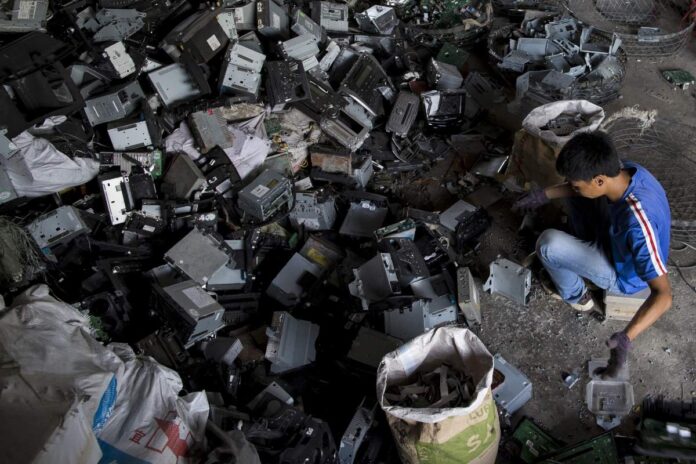E-waste recycling is an incredibly important issue we all need to think about. India is a huge market for electronic devices. We purchase phones, tablets, laptops, and smart TVs on a regular basis. The market size is also getting bigger each day, thanks to the increase in our per-capita income and a relative drop in the prices of components. This is amongst the key factors that lead to the massive growth of electronic waste (commonly called e-waste) in the country. As we’re celebrating World Environment Day today, we should also understand how we can safely dispose of e-waste in the country.
According to a study jointly released by the Associated Chambers of Commerce and Industry of India (ASSOCHAM) and NEC, India is among the top five countries in e-waste generation — next only to China, US, Japan, and Germany. The country generated e-waste of about 20 lakh tonnes per annum, while it recycled about 4,38,085 tonnes per annum, as per the study. This suggests that we dump a large amount of our e-waste without following a proper procedure. So, here are the steps we should take to safely dispose of e-waste in India.
How can you dispose of e-waste?
There are several non-profit organisations (NGOs) that let you dispose of e-waste responsibly in India. Bengaluru-based Saahas is one of the popular names on that front. It accepts e-waste of more than 10 kilograms for an individual in the city between Monday to Saturday. There are also startups like Namo E-Waste that collect e-waste dumps from various companies including Acer, Flipkart, and Samsung and recycle them into different products. Further, there are various e-waste recyclers across the country that you can find through a search engine on the basis of your location details. Companies such as Apple and Xiaomi also offer recycling of their devices for free.
Is it all right to dump e-waste in regular dustbins
You should not throw your e-waste in any dustbin along with your daily garbage. There are various components that could be in your e-waste that can harm the environment. It is, therefore, advised to never look for dumping e-waste into a dustbin. Alternatively, you should look for an authorised e-waste recycler to safely dispose of your electronic waste including computer peripherals, dated mobile phones, printed circuit boards, dry cells, and lithium batteries, among others.
Sort e-waste before disposing of it
Sorting e-waste is important before going out to dispose of it safely. Not all materials that are included in your e-waste are of similar nature. They have different toxic levels and while some of them are recyclable, there may be several components that can’t be recycled. Also, materials such as batteries, monitors, tube lights, and bulbs are counted hazardous. You should also look for selling or giving away the e-waste that can be useful for other people. Old phones and laptops are amongst those waste.
Which is the bestselling Vivo smartphone in India? Why has Vivo not been making premium phones? We interviewed Vivo’s director of brand strategy Nipun Marya to find out, and to talk about the company’s strategy in India going forward. We discussed this on Orbital, our weekly technology podcast, which you can subscribe to via Apple Podcasts or RSS, download the episode, or just hit the play button below.
Source link


